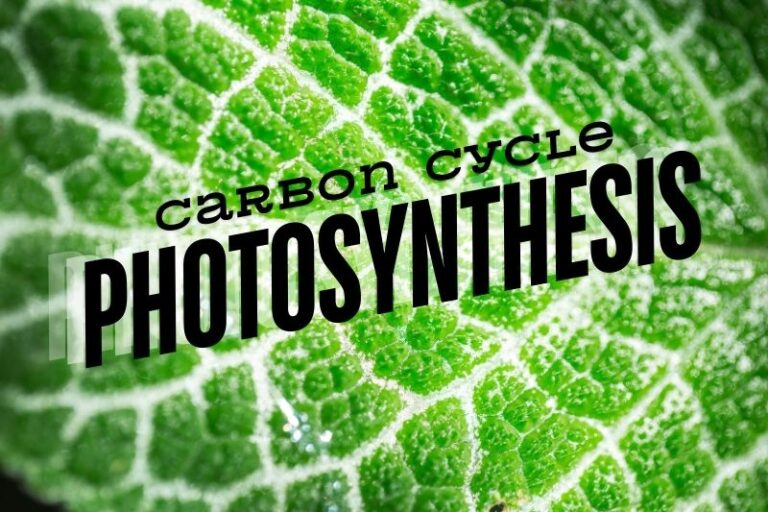Photosynthesis is the process by which green plants, algae, and certain bacteria convert light energy, usually from the sun, into chemical energy in the form of glucose.
During this process, carbon dioxide (CO2) from the atmosphere and water (H2O) from the soil are converted into glucose (C6H12O6) and oxygen (O2). The general equation for photosynthesis can be simplified as:
6CO2+6H2O+light energy→C6H12O6+6O2
This process not only produces oxygen, which is essential for most life forms on Earth, but it also serves as the foundation for the food web, providing energy to plants, which are then consumed by herbivores, and so on up the chain.
Carbon Fixation
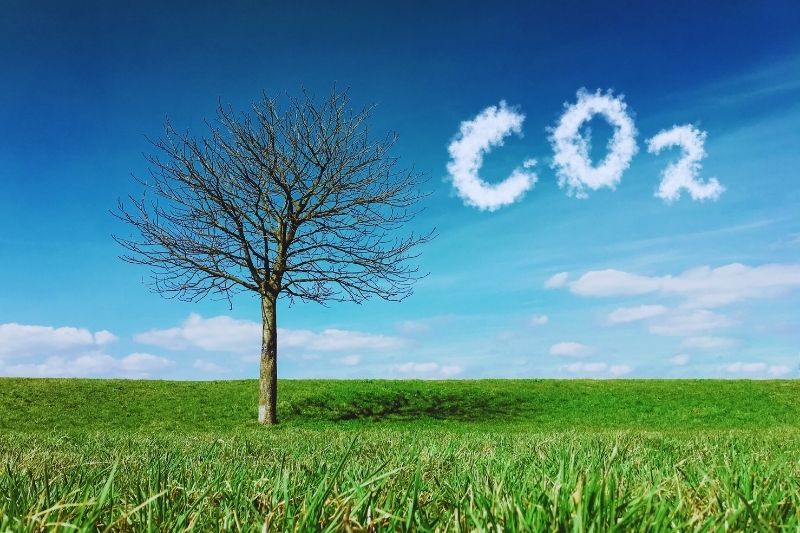
One of the most important aspects of photosynthesis is carbon fixation. This is the process of converting inorganic carbon (CO2) into organic compounds (like glucose) within living organisms. By fixing carbon, photosynthesis helps reduce the levels of CO2 in the atmosphere, which is vital for regulating the Earth’s climate.
Without this process, the carbon dioxide levels in the atmosphere would skyrocket, leading to excessive greenhouse gas accumulation and global warming.
Oxygen
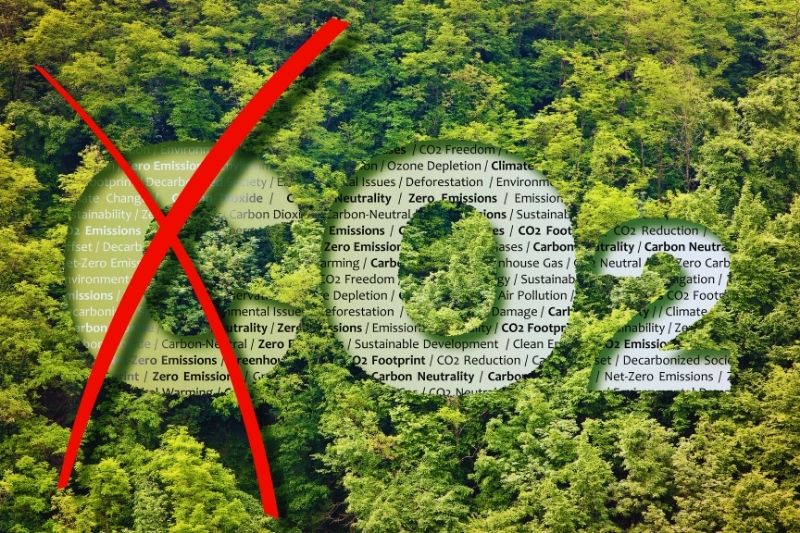
While the primary function of photosynthesis is to produce glucose, the process also releases oxygen as a by-product. This oxygen is released into the atmosphere and is essential for the respiration of almost all living organisms.
The oxygen we breathe is a direct result of photosynthesis, making it indispensable for sustaining life on Earth.
Photosynthesis & the Food Web
At the base of every food web are the primary producers, which are mostly photosynthetic organisms like plants and algae. These organisms harness energy from the sun and convert it into a form that can be used by other living beings. Herbivores eat these plants, and carnivores, in turn, eat the herbivores.
This energy transfer supports a wide array of life forms and ensures the continuity of ecosystems. Without photosynthesis, the entire food web would collapse, leading to a domino effect on all living organisms.
Photosynthesis in Climate Regulation
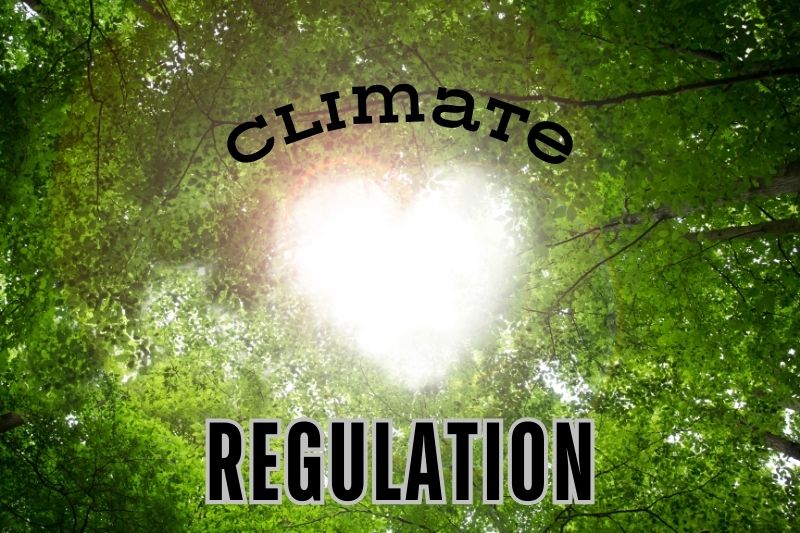
Photosynthesis is integral to regulating the Earth’s climate. By absorbing CO2 from the atmosphere, photosynthetic organisms help to mitigate the greenhouse effect. This process acts as a natural thermostat, keeping global temperatures in check.
Forests, particularly tropical rainforests, are significant carbon sinks, absorbing vast amounts of CO2. However, deforestation and land-use changes are disrupting this balance, highlighting the importance of preserving photosynthetic life forms.
Carbon Storage and Sequestration
Photosynthetic organisms also play a key role in carbon storage. Trees, for example, store carbon in their biomass – trunks, branches, leaves, and roots. When these trees die, some of the carbon is released back into the atmosphere, but a significant portion is stored in the soil as organic matter.
This long-term storage of carbon helps to stabilize the carbon cycle. Peat bogs, permafrost regions, and oceans are also important carbon reservoirs, with photosynthetic organisms contributing to the sequestration of carbon in these environments.
Marine Photosynthesis
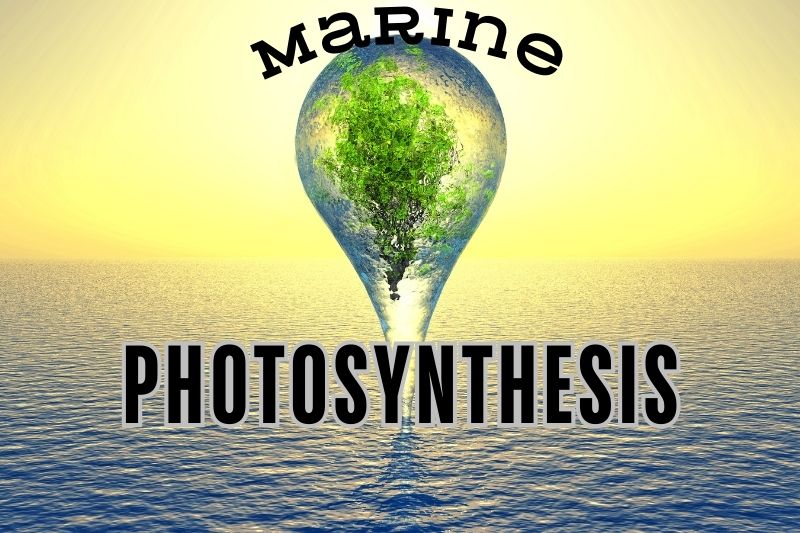
While terrestrial plants often get the spotlight, marine photosynthesis conducted by phytoplankton is equally crucial. Phytoplankton are microscopic algae that float near the ocean surface and perform photosynthesis.
They play a significant role in the carbon cycle by absorbing CO2 dissolved in seawater, reducing ocean acidity, and supporting marine food webs. Phytoplankton also contribute to the oceanic carbon pump, a process that transports carbon from the surface waters to the deep ocean, where it can be stored for centuries.
Photosynthesis & Soil Health
Photosynthesis is not only essential for carbon fixation and oxygen production but also for soil health. Plants produce organic matter through photosynthesis, which eventually becomes part of the soil as dead plant material decomposes.
This organic matter, known as humus, improves soil structure, fertility, and water-holding capacity. Healthy soils are vital for agriculture, water regulation, and carbon storage, demonstrating another way in which photosynthesis is integral to the carbon cycle.
Impact Of Human Activities

Human activities, such as deforestation, fossil fuel burning, and industrial processes, are significantly impacting the carbon cycle. These activities increase the concentration of CO2 in the atmosphere, which photosynthesis alone cannot counterbalance.
Protecting and restoring forests, promoting sustainable agriculture, and reducing carbon emissions are essential steps in maintaining the balance of the carbon cycle and supporting the process of photosynthesis.
Renewable Energy
The concept of photosynthesis has also inspired the development of renewable energy sources. Biofuels, for example, are derived from plants and algae that have captured and stored solar energy through photosynthesis.
These biofuels can serve as alternatives to fossil fuels, providing a more sustainable and environmentally friendly energy source. By harnessing the principles of photosynthesis, we can develop technologies that help reduce our carbon footprint and mitigate climate change.

